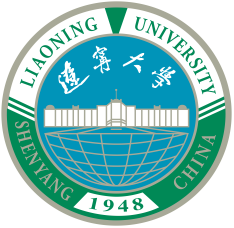Geohazard Mechanics
Geohazard Mechanics
Geohazard Mechanics publishes basic and applied research papers highlighting new theories, technologies, methods and the latest academic trends in geological disaster mechanics. The journal reveals an...
Geohazard Mechanics publishes basic and applied research papers highlighting new theories, technologies, methods and the latest academic trends in geological disaster mechanics. The journal reveals and explores the objective laws involved in the occurrence and evolution of major natural and engineering geological disasters. Geohazard Mechanics also analyses and discusses the engineering records of natural and engineering geological disaster events, summarises experiences and lessons learned, and reports on research trends of geological disasters and emergency rescue countermeasures for disaster prevention and mitigation. Alongside academic ideas, research methods and results of geological disaster mechanics are widely exchanged.
Topics of particular interest include, but are not limited to:
Causes and physical processes of geological disasters
Engineering records of geological disaster events
Monitoring, forecast and early warning technologies and methods for geological disasters
Prevention and control technologies and methods for geological disasters
Big data and artificial intelligence technologies for disaster prevention and mitigation

Society affiliation
Liaoning University is a university in Shenyang, Liaoning, China. During over half a century's development, Liaoning University has grown into a multiple-discipline comprehensive university, embracing Chinese language and literature, history, philosophy, economics, law, foreign languages, art, natural science, engineering and management. Liaoning U...
Liaoning University is a university in Shenyang, Liaoning, China. During over half a century's development, Liaoning University has grown into a multiple-discipline comprehensive university, embracing Chinese language and literature, history, philosophy, economics, law, foreign languages, art, natural science, engineering and management. Liaoning University is one of the key universities listed in the nation's "Project 211" and "Double First-Class". The University covers an area of 1.48 square kilometres. It consists of three campuses, Chongshan campus in Shenyang, Puhe campus in Shenyang and Wusheng campus in Liaoyang. At present, there are 2599 faulty members and over 26,000 students in Liaoning University.





